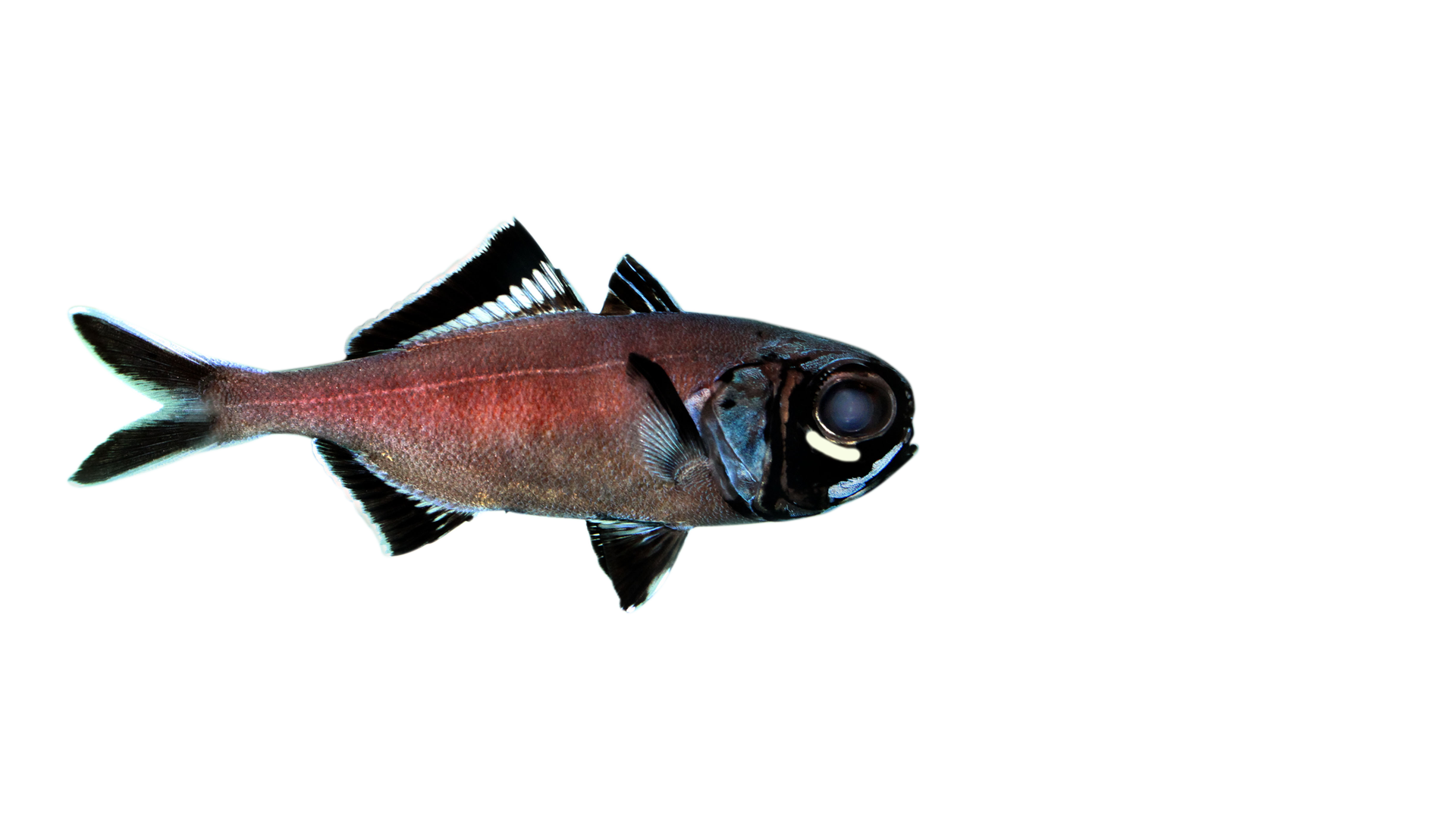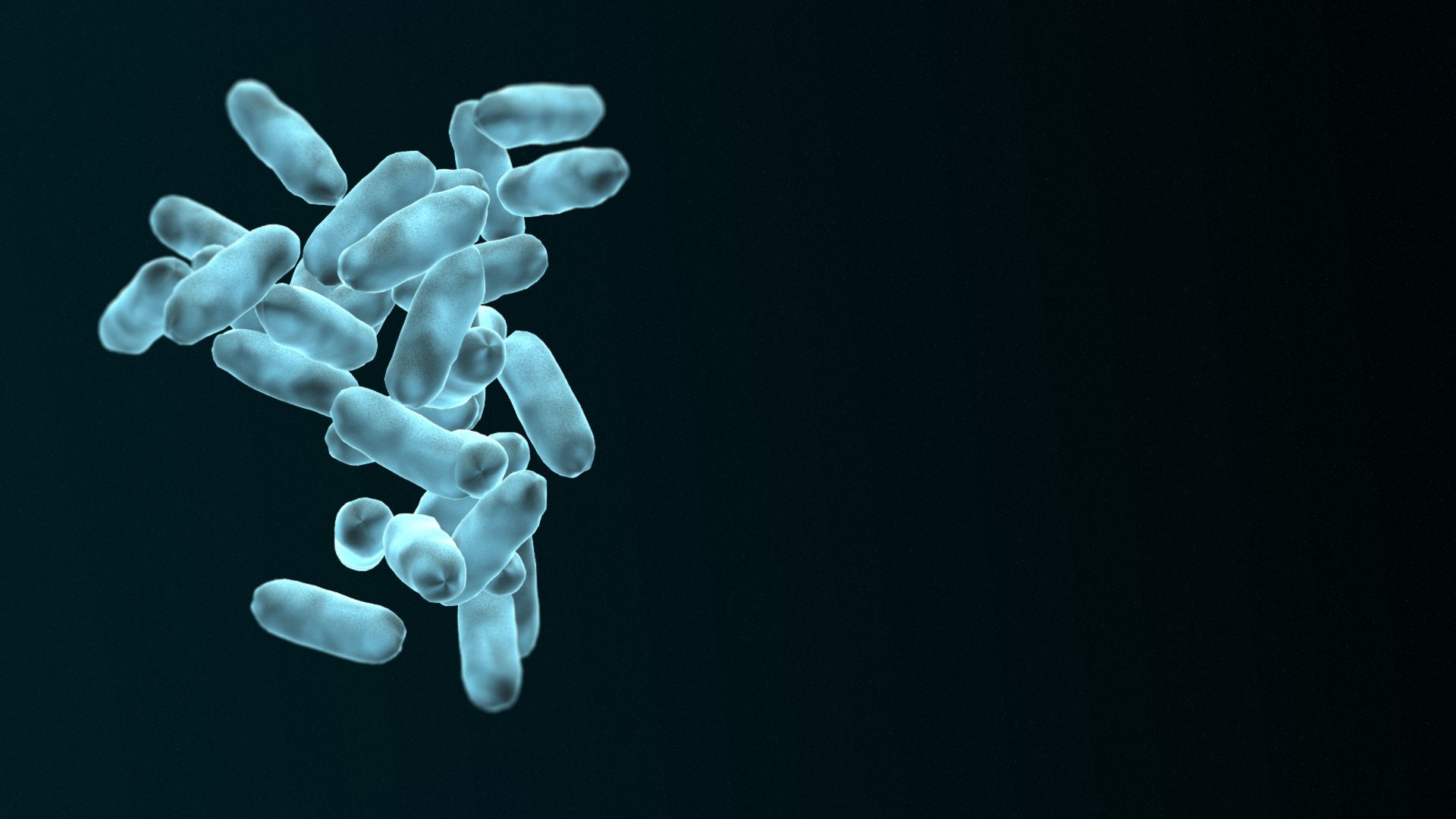Microbes are everywhere. Take the world famous anglerfish, with its glowing angler. This light is not produced by the anglerfish, but by a bacterial collaborator.
Microbes are everywhere. Take the world famous anglerfish, with its glowing angler. This light is not produced by the anglerfish, but by a bacterial collaborator.
Living light
Photobacterium phosphoreum is a bioluminescent microbe. A living bacteria that produces light with the help of an enzyme, luciferase. This enzyme produces blueish light when it interacts with oxygen. These bacteria live in symbiosis (natural co-operation) with different creatures.
Lanternfish
This bacteria is found on specialized organs of the lanternfish. The fish is able to rush this organ full of oxygen to cause the bacteria to produce light, and in this way it uses the bacteria as a light switch. The fish uses the light to communicate or even mislead enemies. The bacteria receives nutrients in return from the fish when growing on these specialized organs. Therefor it is truly a win-win situation for both parties involved.
A laternfish with its light organ under its eye.
Angler fish
In the deep sea it lives in symbiosis with another creature: the anglerfish. This creepy looking fish has an angler with a light organ. With the help of P. phosphoreum the fish uses this angle as a lure. The fish leads the prey towards his mouth and offers the bacterium, in exchange for its service, nutrients and a safe spot
Helper
In a symbiotic relationship, two different species work together and at least one of the two benefits. Both species benefit in the case of the anglerfish and P. phosphoreum. The bacterium colonizes the light organ of the fish and helps the fish communicate, attract prey, and escape predators by emitting light.
The fish is able to control the bioluminescence with the use of shutters. The bacterium gets nutrients, oxygen, and a safe space in return. P. phosphoreum does not reside in the light organ itself, but lives in the gut of the anglerfish. This is where it receives its nutrients which it needs to survive. The gut is connected to the light organ, and the flow of bacteria is regulated by these tiny shutters.
Bright
P. phosphoreum is one of the brightest bioluminescent bacteria. This is a little bit weird, because there is little to no oxygen available in the deep sea. Little oxygen often means little growth. The bacteria stop to grow, but the production of the enzyme luciferase is not stopped. The cells have a high concentration of luciferase as a consequence, and thus show more intense luminescence.
Bioluminescence is not only very useful for P. phosphoreum and the anglerfish. There are several useful applications for humans too. For example, measuring water toxicity. P. phosphoreum is attached to a chip through which the bioluminescence is measured. Biodegradable toxins cause a reduction in the brightness of the light emitted. The more toxins present, the more reduction in the brightness.

